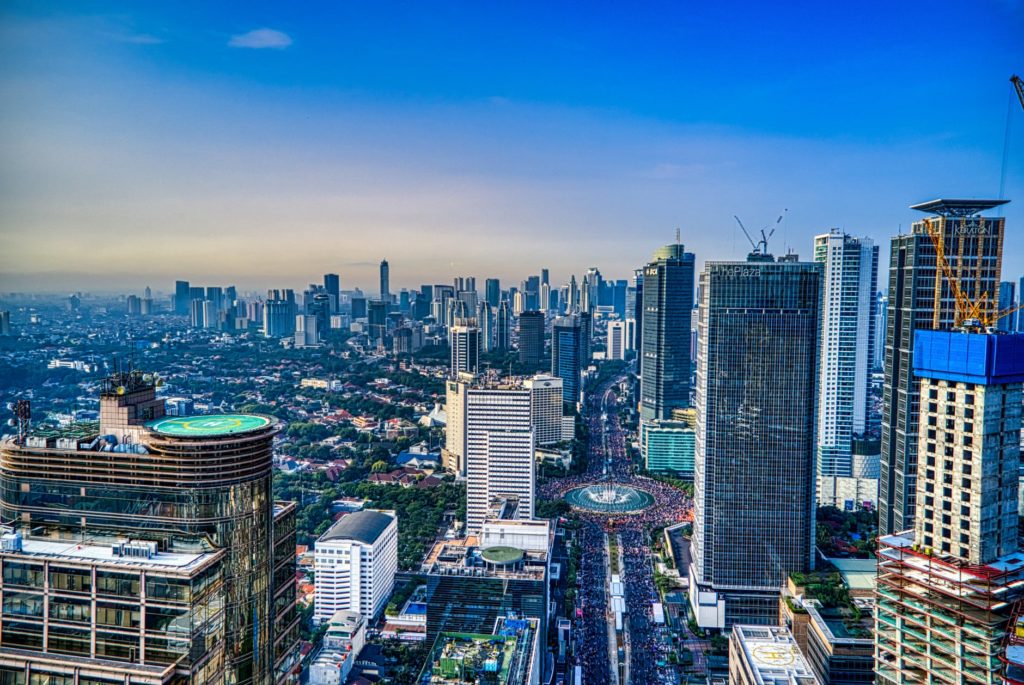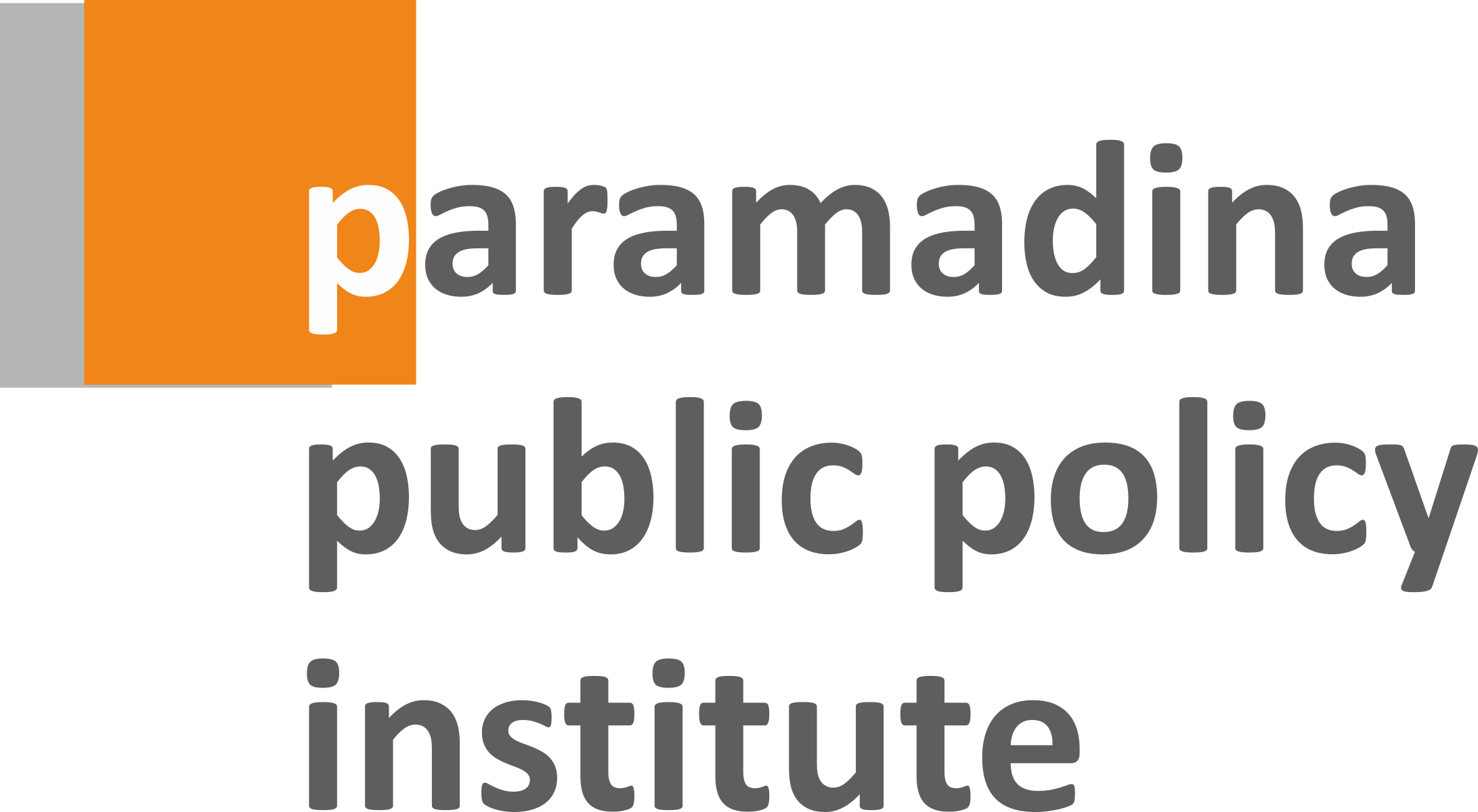
Around five years ago some Indonesian friends – most of them Ivy League graduates – established a private equity firm in Singapore. In the same year, they took their families to live in Singapore. Nowadays, their firm is a major private equity firm with huge investment in Indonesia. They are not alone: I have probably a dozen of friends who did the same.
They preferred Singapore to Jakarta, Kuala Lumpur or Bangkok as a base due to various benefits it offers. Singapore’s tax rate is among the friendliest in Southeast Asia. Establishing a business entity is quick and relatively cheap. Transportation systems are convenient and reliable, making four meetings per day possible. Food is clean and tasty at affordable prices.
Changi Airport is very accessible and operates 24 hours per day, efficiently connecting the city with the world. Schools are world class. Last but not least, security is well-maintained.
In short, for many people Singapore is a good place for both business and family. It is no wonder that 40% of Singapore residents are foreigners – one of the largest percentages in the world. The city has been able to attract global talent to live and work.
My friends’ decision is justified. As a matter of fact, Singapore ranks above Bangkok, Kuala Lumpur and Jakarta in the study by the Global Urban Competitiveness Project that measures the competitiveness of 500 cities all over the world. The gap is quite wide, and it will take time for the three cities to catch up.
Competition among cities
The world is becoming more urbanized. In 1950, only 30% of the world population lived in urban areas. Fifty years later, the urban population outnumbers the rural and it is expected that 70% of the world’s population will live in urban areas by 2050. This phenomenon shows the growing importance of cities as a venue for economic activities. The quality of cities determines the quality of human beings.
Over the last decades we have witnessed rising interconnectivity among cities, thanks to advancements in transportation and telecommunication technology. People, capital and resources are very mobile; they travel from one city to another. This enables cities to share resources and to collaborate. However, in most case what happens is competition instead of collaboration among cities.
Cities compete for global talents, resources and capital by offering attractive infrastructure, regulation and ambience. In short, cities position themselves as fertile ground for innovations to take place and ideas to grow. Great cities stimulate citizens to work together and to create positive externalities for the benefit of their city dwellers, and often this spills over to the country in which the city is located.
In this modern era, cities become icons of countries and play a role as locomotives for progress. Competition among cities is as strategic as competition among nations.
A great city promotes entrepreneurship, stimulates cultural activities, provides good education, improves infrastructure simultaneously, builds parks and green areas, mitigates pollution and maintains cleanliness.
At the same time, the great city controls negative externality by maintaining law and order. The city that wins the competition will become a harbor for advanced economic and cultural activities. It will attract business and visitors, while cities which lack competitiveness will shrink economically and become irrelevant.
Challenges for Jakarta
Each day, I spend more than 2.5 hours to commute from home-office-home, even though they are only less than 12 km away. I am lucky, since probably most friends in the university where I work spend close four to five hours per-day. This is the daily experience of most Jakarta dwellers: Commuting consumes a huge portion of people’s energy and time, a wasteful allocation.
The traffic also makes it challenging for people to meet and share creative ideas. When I was in Washington DC, Singapore or Hong Kong, having four or five meetings per day is nothing special. In Jakarta, having two meetings in a day is considered superb. In this regard, Jakarta is far from being business-friendly.
Despite Jakarta’s gigantic size, it has no comprehensive traffic system. Its public transport is inefficient, unsafe and unreliable. The city government has created various plans, including triple-decker systems, a subway and monorail. However, there is no sign that any of these plans will materialize in the foreseeable future.
Traffic is one of a long list of Jakarta’s homework chores. Air pollution, lack of sewage systems, inadequate clean water systems, lack of open space and green areas, a high crime rate and the risk of flooding during the rainy season are among Jakarta’s major handicaps in vying to become a globally competitive city.
Jakarta is the most important city in Indonesia. More importantly, it is Indonesia’s icon, playing a role as the gateway for global talent, capital and resources to enter the country. There is a wide gap between Jakarta and other global cities as well as cities in our own region. When I travel to cialis price 20mg Kuala Lumpur, Bangkok or Delhi, I can see that these cities have problems too, but at least I feethat some improvement has been made. In Jakarta, the situation seems to worsen day by day.
It is true that government policy at the national level plays a role in improving Jakarta’s competitiveness. However, most of the issues are local and require local solutions. The governor and his teams need to work harder to improve the situation. They should be more decisive and down to earth, since the problems of Jakarta cannot be solved by putting slogans on billboards, newspapers and magazines. (*)
Wijayanto Samirin. Previously Deputy Rector of Paramadina University. Co-founder and Director of Paramadina Public Policy Institute. Now Independent Commissioner of Indosat. Can be reached at [email protected]
